Year 4, Lesson 1.8: Prototyping Possibilities
Semester Learning Goal
Students will investigate community needs, reflect on personal values, and apply design thinking to develop a values-aligned project idea. Through research, collaboration, and iteration, they will explore what it means to do Good Work as a good person, good worker, and good citizen.
Lesson Goal
Students will create a low-stakes, early-stage version (prototype) of their Capstone idea to explore how it might work and gather feedback. This prototype will help guide their project development for future implementation during Semester 2.
Assessment
Observe student engagement during sketch noting and Living Museum rounds.
Review the clarity, creativity, and feasibility of the early-stage prototypes.
Monitor peer feedback for thoughtfulness, relevance, and alignment with values.
Casel Alignment
Self-Management, Responsible Decision-Making, Relationship Skills, Social Awareness
Portfolio Documentation
Resources
Blank paper or visual prototyping templates
Markers, sticky notes, or sketch tools
Feedback sentence stems or comment cards
Living Museum setup materials (optional: printed signs or table tents)
Prerequisites
None
Total Time
45 minutes
Instructions
-
Over the past few lessons, students should have selected a potential idea or project direction and be ready to explore how it might work in practice.
In this lesson, students will test and build something based on their ideas. Students will share their work with others for feedback.
1. Opener: What Is a Prototype? (5 minutes)
Ask students:
What does the word “prototype” make you think of?
Explain that in design thinking, a prototype is a rough draft or testable version of an idea. It’s not meant to be perfect—it’s meant to be shared, tested, and improved.
Explain to students:
“You are still in the design phase of your Capstone project. Today, your goal is to start giving shape to your idea so that you—and others—can start to see how it might work in the real world. You’re not committing to a final version yet, but this will help you prepare to move into action later in the year.”
2. Sketch Noting: Show What You See (10 minutes)
Distribute the handout, Year 4, Lesson 1.8 - Prototype Snapshot and Peer Feedback Notes and invite students to visually sketch or diagram their idea. This might include:
A drawing of a program, campaign, space, or system
Labels showing how different parts work
Arrows indicating flow or process
Notes highlighting values (e.g., “accessible to all,” “low cost,” “peer-led”)
Encourage creativity: the sketches don’t need to be artistic—they’re tools for thinking.
Students should include a brief title and 1–2 sentences explaining their idea.
3. Living Museum: Prototype Gallery Walk (20 minutes)
Have students display their prototypes around the classroom.
Divide the class in half. One half stays with their prototypes and presents them; the other half walks around the room, reviewing and leaving feedback. Then switch.
Students presenting should give a 1–2 minute explanation of their project, including:
The core idea
Who it’s for
How it addresses their “How Might We” question
What values it reflects
Provide students with sentence starters for feedback, such as:
“One thing I found interesting…”
“One suggestion I have…”
“This idea might be even stronger if…”
Another version of feedback starters includes:
“I wish…”
“I wonder…”
“What if…?”
Feedback can be written on sticky notes or index cards or given verbally.
4. Reflection and Revision (5 minutes)
After both rounds of the Living Museum, ask students to sit with their feedback and reflect, using the second half of the Year 4, Lesson 1.8 - Prototype Snapshot and Peer Feedback Notes handout:
What patterns did you notice in the feedback?
What parts of your idea seemed unclear or confusing?
What changes might you make next?
What might you test or explore further in Semester 2 based on this feedback?
Have students write 2–3 notes about what they would adjust or explore further.
Remind students that this prototype is part of their design process. After further revision and planning, they’ll begin testing or implementing a version of their idea during the second half of the year. Today’s work sets the stage for action.
5. Closing and Exit Ticket
Ask students to complete the Lesson 1.8 Exit Ticket.
Students will write a response to one of the following questions:
What did it feel like to share something “in progress” with others?
How did the feedback help you think differently about your idea?
Keep the exit ticket for the Good Project Portfolio.


